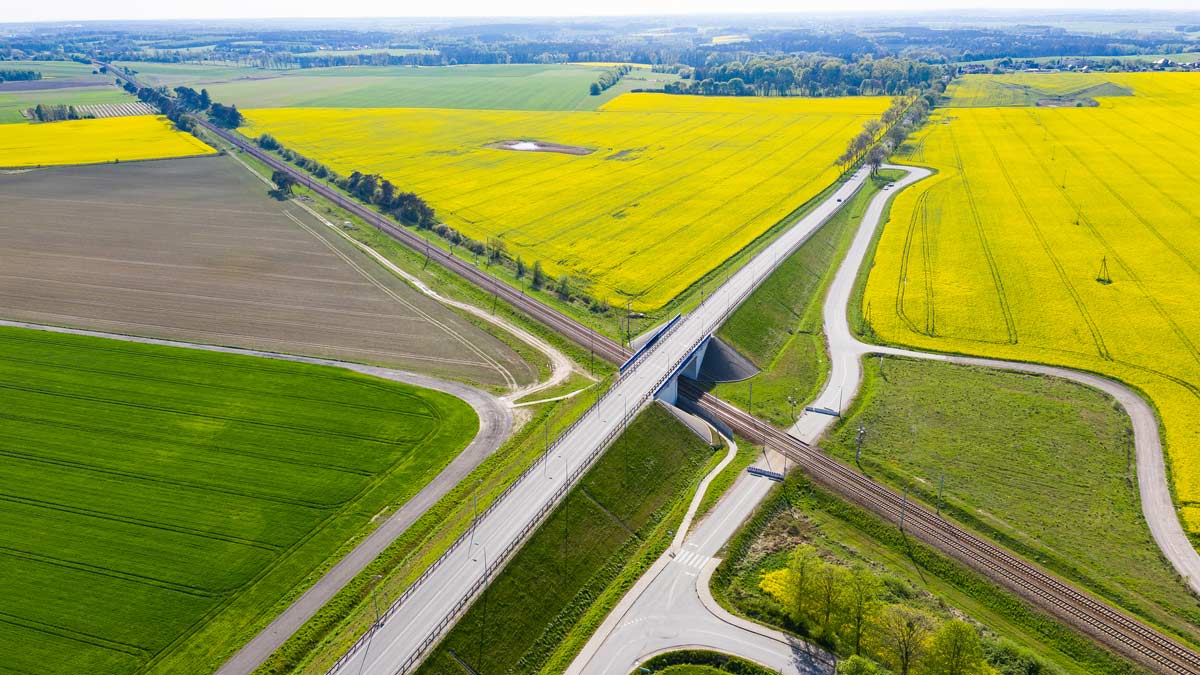CO-LOCATING INFRASTRUCTURE INCLUDING VARIOUS UTILITIES

Habitat fragmentation is one of the most common and fastest way to lose wildlife habitat. Land fragmentation is the carving up of large blocks of habitat into smaller ones. When planning infrastructure on your property – whether you own property or if you work in this field where you are impacting land – consider trying to co-locate new infrastructure that requires the clearing of land. For instance, new power lines or pipelines could parallel existing roads or go into existing easements instead of carving a separate path elsewhere that would involve the removal of existing blocks of forests, grasslands, and so forth. And when it comes to wetlands, avoid putting power lines over wetlands or constructing new wetlands under existing powerlines because waterbirds striking these power lines will be impossible to avoid. Here’s more information on the negative impacts of habitat fragmentation.
In my state, Texas, where the human population is over 30 million and is expected to double within the next 3 decades or so, all those new people will require additional roads, powerlines, pipelines, towers, and more. The best thing to do is plan ahead by co-locating utilities and other infrastructure on our lands. This includes those people working in the field of public utilities and environmental consulting since they make a lot of the decisions of where such infrastructure will be placed. Consider co-location in order to save precious wildlife habitat from being further fragmented. Do it for the owls!
Order your Owl Shack HERE.
